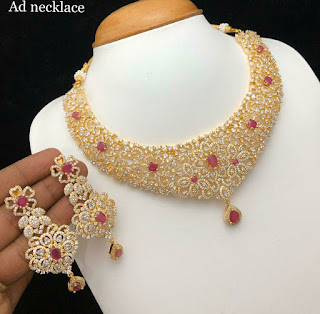Ikkat Dola Silk Sarees
Ikkat Dola Silk Sarees
Ikat is an Indonesian word, which depending on context, can be the nouns: cord, thread, knot, or bundle, also the finished ikat fabric, as well as the verbs "to tie" or "to bind"; the term ikatan is a noun for bond or tie. It has a direct etymological relation to cognates in various Indonesian languages from Sumatra, Borneo, Java, Bali, Sulawesi, Sumba, Flores and Timor. Thus, the name of the finished ikat woven fabric originates from the tali (threads, ropes) being ikat (tied, bound, knotted) before they are being put in celupan (dyed by way of dipping), then berjalin (woven, intertwined) resulting in a berjalin ikat- reduced to ikat.
The introduction of the term ikat into European language is attributed to Rouffaer. Ikat is now a generic English loanword used to describe the process and the cloth itself regardless of where the fabric was produced or how it is patterned.
In Indonesian, the plural of ikat remains ikat. While in English, a suffix plural 's' is commonly added, as in ikats. However, these term are interchangeably used and correct.
Warp ikat traditions in Southeast Asia are believed to have originated in Neolithic weaving traditions (older than at least 6000 BP) somewhere in mainland Asia, and is associated with the Austronesian and Daic-speaking peoples. This is based on a 2012 comparative study on loom technologies, textile patterns, and linguistics. It was spread outwards along with the Austronesian expansion to maritime Southeast Asia, reaching as far as Madagascar by the 1st millennium BC.
Previously, ikat traditions were suggested by some authors to be originally acquired by Austronesians from contact with the Dong Son culture of Vietnam, but this was deemed unlikely in a 2012 study.
Elsewhere, particularly in India and Central Asia, very similar traditions have also developed that are also known as "ikat". These likely developed independently. Uyghurs call it atlas and use it only for woman's clothing. The historical record indicates that there were 27 types of atlas during Qing Chinese occupation. Now there are only four types of Uyghur atlas remaining: qara-atlas, a black ikat used for older women's clothing; khoja'e-atlas, a yellow, blue, or purple ikat used for married women; qizil-atlas, a red ikat used for girls; and Yarkent-atlas, a khan or royal atlas. Yarkent-atlas has more diverse styles; during the Yarkent Khanate (1514–1705), there were ten different styles of Yarkent-atlas.






Comments
Post a Comment